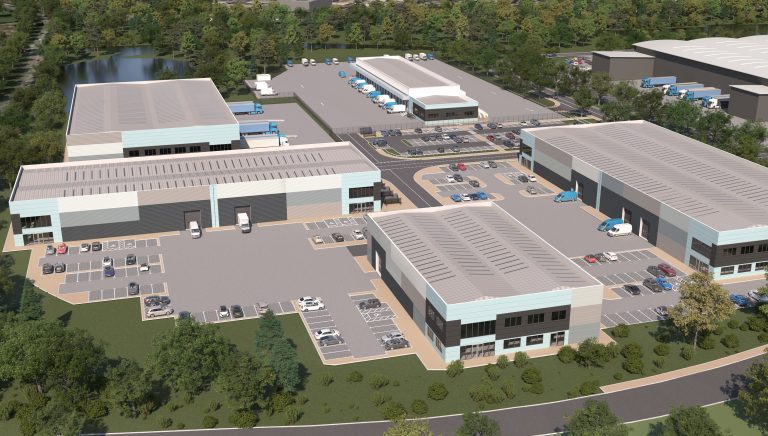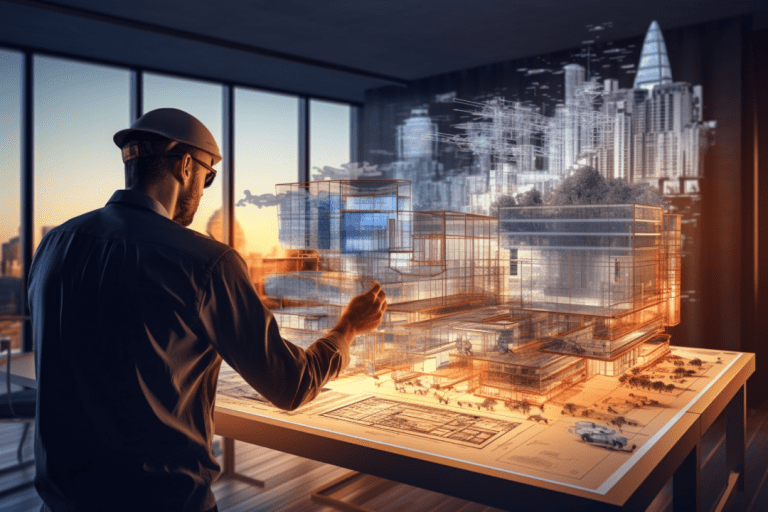Building Information Modelling (BIM) has been a part of the construction industry since the 1970s, but it wasn’t until the early 2000s that it gained significant traction. Since then, BIM has continuously evolved, enhancing efficiency, communication, and productivity across the industry. Now, with the integration of Artificial Intelligence (AI), BIM is set to undergo another transformative leap, bringing new capabilities that promise to revolutionise how we plan, design, and manage construction projects. Understanding Building Information Modelling (BIM) BIM is both a process and a digital platform that enables the planning, design, construction, and management of buildings and infrastructure projects. Through BIM software, stakeholders can visualise the entire lifecycle of a project before any physical work begins. This capability allows project managers to comprehend the complexities of a project fully, facilitating better scheduling, resource allocation, and risk mitigation to ensure that projects are completed on time and within budget. AI’s Impact on BIM: Enhancing Capabilities The integration of AI into BIM has introduced significant advancements in several key areas, including clash detection, energy simulation, quality control, cost estimation, and schedule optimisation. AI and Augmented Reality (AR): A Powerful Combination Augmented Reality (AR) has gained traction in the construction sector, and its integration with AI-enhanced BIM is proving to be a game-changer. AR allows stakeholders to visualise the final product in a more immersive way than traditional blueprints or digital models. For example, clients can virtually walk through a building before construction begins, offering a more tangible understanding of what the finished project will look like. This capability is not only impressive but also invaluable in securing client buy-in and satisfaction. Challenges to AI Adoption in BIM Despite its many benefits, the adoption of AI-enhanced BIM is not without challenges. The most significant barrier is cost, as implementing advanced AI technologies can be expensive. Additionally, while BIM offers numerous preset designs, these can sometimes be restrictive for those seeking highly customised solutions. However, as AI technology continues to evolve, these limitations are likely to diminish, making it an increasingly attractive option for the construction industry. Conclusion The integration of AI into BIM is set to redefine the construction industry, offering unprecedented levels of efficiency, accuracy, and innovation. While challenges remain, the potential benefits far outweigh the drawbacks, making AI-enhanced BIM a critical tool for the future of construction. As this technology continues to develop, we can expect even greater advancements, paving the way for smarter, more sustainable building practices. Building, Design & Construction Magazine | The Choice of Industry Professionals














